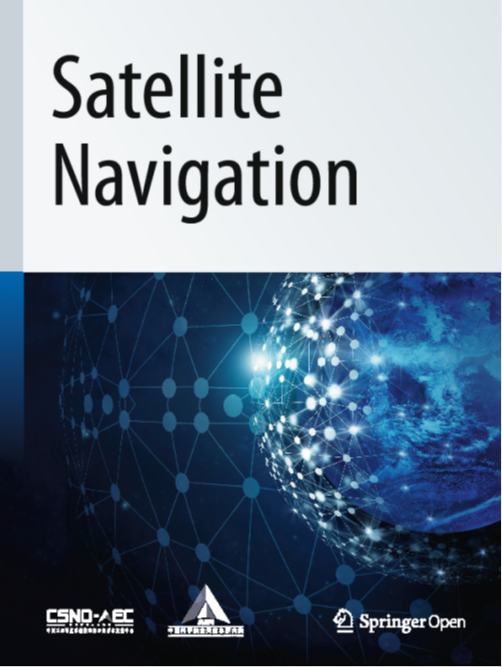利用全球导航卫星系统反射信号进行遥感及其应用:进展与前景
IF 10.1
1区 地球科学
Q1 ENGINEERING, AEROSPACE
引用次数: 0
摘要
全球导航卫星系统(GNSS),包括美国的 GPS、中国的 BDS、欧盟的伽利略和俄罗斯的格洛纳斯,通过连续发射 L 波段信号,提供实时、全天候、随时随地的高精度观测,已广泛用于定位、导航和授时。随着全球导航卫星系统技术的发展,人们发现全球导航卫星系统反射信号可与其他机会信号一起用于探测地球表面特征。本文介绍了全球导航卫星系统反射测量(GNSS-R)在理论、方法、技术和观测方面的现状和最新进展。文中详细介绍了全球导航卫星系统反射测量仪器、理论建模和信号处理、地面和空间/空中实验、参数检索(如风速、海面高度、土壤湿度、冰层厚度)、海面测高以及在大气层、海洋、陆地、植被和冰冻圈中的应用等方面的新发展和新进展。同时,还介绍了各领域在 GNSS-R 发展方面面临的挑战。最后,讨论了 GNSS-R 的未来应用和前景,包括多重 GNSS 反射测量、新的 GNSS-R 接收器、GNSS-R 任务和新兴应用,如中尺度海洋漩涡、海洋浮游植物繁殖、微塑料检测、目标识别、河流流量、沙漠研究、自然灾害和滑坡监测。本文章由计算机程序翻译,如有差异,请以英文原文为准。
Remote sensing and its applications using GNSS reflected signals: advances and prospects
The Global Navigation Satellite Systems (GNSS), including the US’s GPS, China’s BDS, the European Union’s Galileo, and Russia’s GLONASS, offer real-time, all-weather, any-time, anywhere and high precision observations by transmitting L band signals continuously, which have been widely used for positioning, navigation and timing. With the development of GNSS technology, it has been found that GNSS-reflected signals can be used to detect Earth’s surface characteristics together with other signals of opportunity. In this paper, the current status and latest advances are presented on Global Navigation Satellite System-Reflectometry (GNSS-R) in theory, methods, techniques and observations. New developments and progresses in GNSS-R instruments, theoretical modeling, and signal processing, ground and space-/air-borne experiments, parameters retrieval (e.g. wind speed, sea surface height, soil moisture, ice thickness), sea surface altimetry and applications in the atmosphere, oceans, land, vegetation, and cryosphere are given and reviewed in details. Meanwhile, the challenges in the GNSS-R development of each field are also given. Finally, the future applications and prospects of GNSS-R are discussed, including multi-GNSS reflectometry, new GNSS-R receivers, GNSS-R missions, and emerging applications, such as mesoscale ocean eddies, ocean phytoplankton blooms, microplastics detection, target recognition, river flow, desert studies, natural hazards and landslides monitoring.
求助全文
通过发布文献求助,成功后即可免费获取论文全文。
去求助
来源期刊

Satellite Navigation
Multiple-
CiteScore
19.40
自引率
6.20%
发文量
25
审稿时长
12 weeks
期刊介绍:
Satellite Navigation is dedicated to presenting innovative ideas, new findings, and advancements in the theoretical techniques and applications of satellite navigation. The journal actively invites original articles, reviews, and commentaries to contribute to the exploration and dissemination of knowledge in this field.
 求助内容:
求助内容: 应助结果提醒方式:
应助结果提醒方式:


